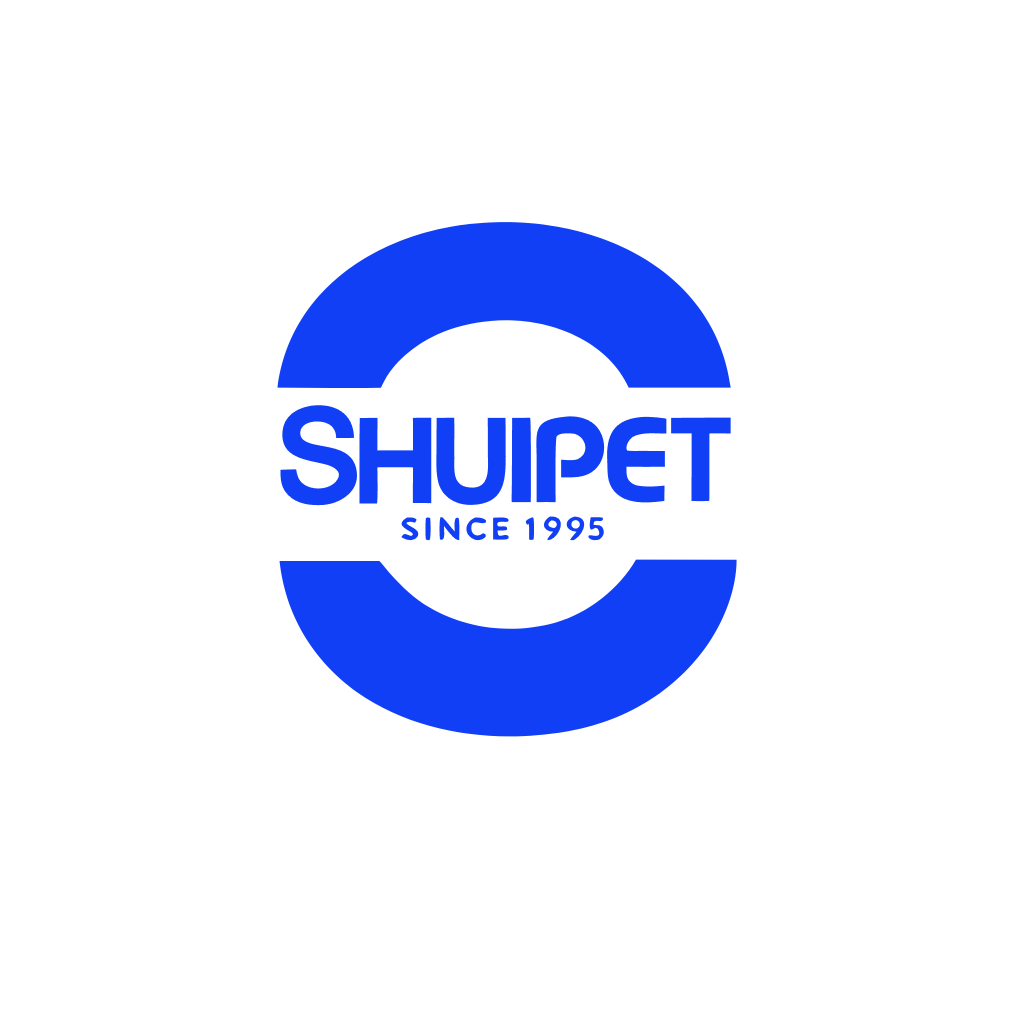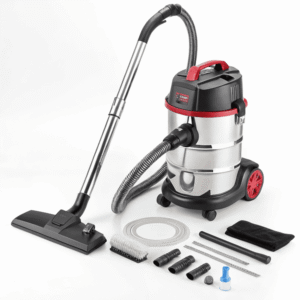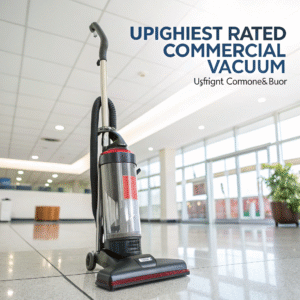Best Commercial Backpack Vacuum Cleaners: Which One Really Delivers?
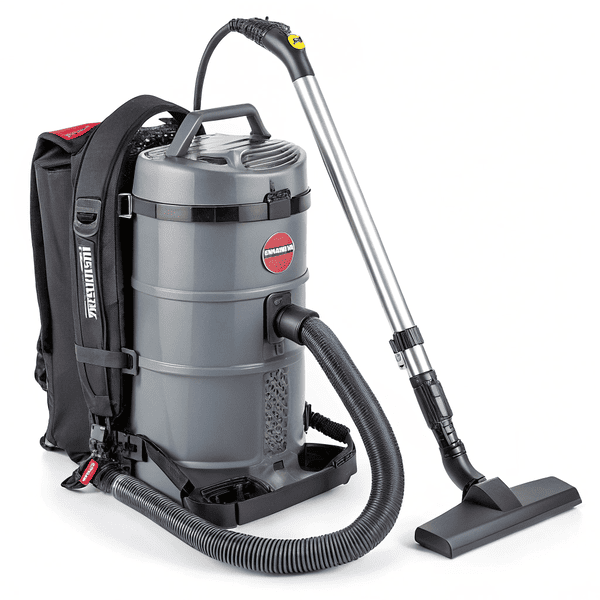
Have you struggled finding the right vacuum that balances power, price, and real-world usability? The world of The world of commercial backpack vacuum cleaners is full of choices, but a few clear winners[^1] really shine.
[^1]: Find out which backpack vacuum cleaners stand out in performance and reliability for your cleaning needs.
is full of choices, but a few clear winners really shine.
The best commercial backpack vacuum cleaners combine powerful suction, versatile attachments, and ergonomic designs that boost productivity for heavy-duty cleaning tasks. The Nilfisk GD5, Lindhaus LB4, and Hoover Commercial Backpack models are often recommended for strength, reliability, and user comfort [1][4].

Navigating endless user reviews and Navigating endless user reviews[^1] and technical specs is overwhelming
[^1]: Understanding how to analyze user reviews can help you make informed decisions and save time.
is overwhelming. I have spent years using and comparing these machines in different settings, always looking out for that elusive mix of raw power, comfort, and practicality. Let’s break down what really matters in a commercial backpack vacuum, starting with pure muscle.
What is the most powerful vacuum cleaner with a bag?
Have you ever wondered which bagged backpack vacuum offers the most raw suction and airflow? The answer can dramatically impact cleaning speed and effectiveness, especially for tough commercial jobs.
The Nilfisk GD5 (sold as Clarke Comfort Pak 6 in the USA) stands out for its combination of high airflow at 144 CFM and robust commercial build, making it one of the most powerful bagged backpack vacuums for professionals [4].

When it comes to cleaning power, two numbers matter most: suction (measured in CFM) and wattage. The The Nilfisk GD5 is the benchmark here, boasting a solid 144 CFM airflow[^1], beating out even the respected Lindhaus LB4 at 110 CFM [4]
[^1]: Learn about the significance of 144 CFM airflow and how it enhances cleaning efficiency in vacuums.
is the benchmark here, boasting a solid 144 CFM airflow, beating out even the respected Lindhaus LB4 at 110 CFM [4]. In real-world use, this translates to faster pick-up and less time spent retracing your steps over stubborn dust and debris. The GD5’s noise output is also low (62dB), making it less fatiguing for longer shifts. While price and weight factor into any final decision, professionals who need uninterrupted power and performance can't go wrong with the GD5. For heavy-duty commercial use, look for at least 120 CFM and check the noise specs. Accessories and compatibility are an added bonus for maneuverability.
| Model | Airflow (CFM) | Noise Level (dB) | Weight | Price |
|---|---|---|---|---|
| Nilfisk GD5 | 144 | 62 | 9.3 lbs | ~$460 |
| Lindhaus LB4 | 110 | 69 | 8.4 lbs | ~$700 |
| Hoover C2401 | Not listed | Not listed | Light | Budget |
It’s clear—if cleaning strength is your top priority, the Nilfisk (or its US counterparts) leads the pack.
Is Shark better than Dyson?
You’ve probably heard about Shark and Dyson in every vacuum store, but is one really better when it comes to backpack vacuums?
For backpack vacuums, neither Shark nor Dyson leads the market; commercial-focused brands like Nilfisk, Lindhaus, and Hoover are preferred for power, durability, and repairability in professional settings [1][4].
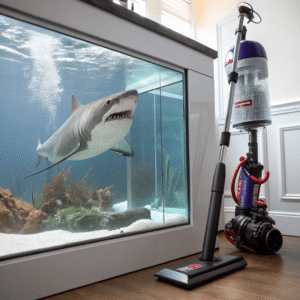
Here’s the honest truth: Here’s the honest truth: Shark and Dyson[^1] are both big names in home upright and stick vacuums
[^1]: Check out this resource to learn about the innovative technology and design that sets Dyson vacuums apart from the competition.
and Dyson are both big names in home upright and stick vacuums. But when it comes to commercial backpack vacuums, they simply don’t compete. Most commercial cleaners and pros go for brands that design specifically for heavy usage and performance, like Nilfisk and Hoover [1][4]. Shark focuses on lightweight upright and stick vacuums while Dyson leans toward innovation and design, often with high price points. Neither offer commercial backpack models with the features, longevity, or accessory compatibility needed for demanding jobs. If your priorities are reliability, access to parts, and strength for continuous use, commercial-specific brands are the proven choice.
| Brand | Commercial Backpack Models | Notable Strengths | Common Markets |
|---|---|---|---|
| Nilfisk | Yes | Power, Durability | Commercial/Industrial |
| Hoover | Yes | Budget, Versatile | Commercial/Residential |
| Lindhaus | Yes | Precision, Filters | Commercial |
| Shark | No | Home Use, Budget | Residential |
| Dyson | No | Design, HEPA, Power | Residential |
For commercial backpack models, stick with brands built for the job.
What are the downsides of bagged vacuums?
Bagged vacuums seem straightforward, but what are their hidden drawbacks? Knowing these can help you decide what’s right for your team or space.
Bagged vacuums need regular bag replacements, can lead to ongoing cost, sometimes limit airflow as bags get full, and may be less convenient than bagless setups for quick emptying [4].
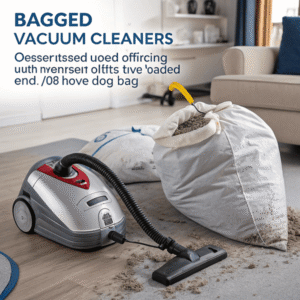
Bagged vacuums offer obvious benefits: they often filter finer dust and make disposal cleaner. Still, there are trade-offs. First, you have to keep buying bags, which increases long-term cost. As the bag fills, suction drops. Compatibility can be an issue—some companies lock users into proprietary bags and accessories, which adds hassle and expense [4].Swapping bags is less convenient than emptying a dust cup[^1], especially in the middle of a large job
[^1]: Discover why emptying a dust cup can enhance your cleaning efficiency and save time during large jobs.
is less convenient than emptying a dust cup, especially in the middle of a large job. Some users say airflow and filtration drops as bags get packed with debris. For allergy sufferers, bagged models often win because of sealed disposal but double-check filter specs.
| Downside | Impact | When It Matters |
|---|---|---|
| Replacement Cost | Adds up monthly | Large or frequent jobs |
| Suction Loss | Happens as bag fills | High-volume cleaning |
| Compatibility Issues | Some bags aren’t universal | Multi-machine operations |
| Convenience | Slower to swap, pauses cleaning | Time-critical environments |
Consider how often you clean and whether filtered disposal is a must. If you need all-day reliability with minimal interruptions, weigh these bagged cons carefully.
Conclusion
Choosing the best commercial backpack vacuum is about matching raw power, reliability, and real-world convenience to your cleaning needs.
